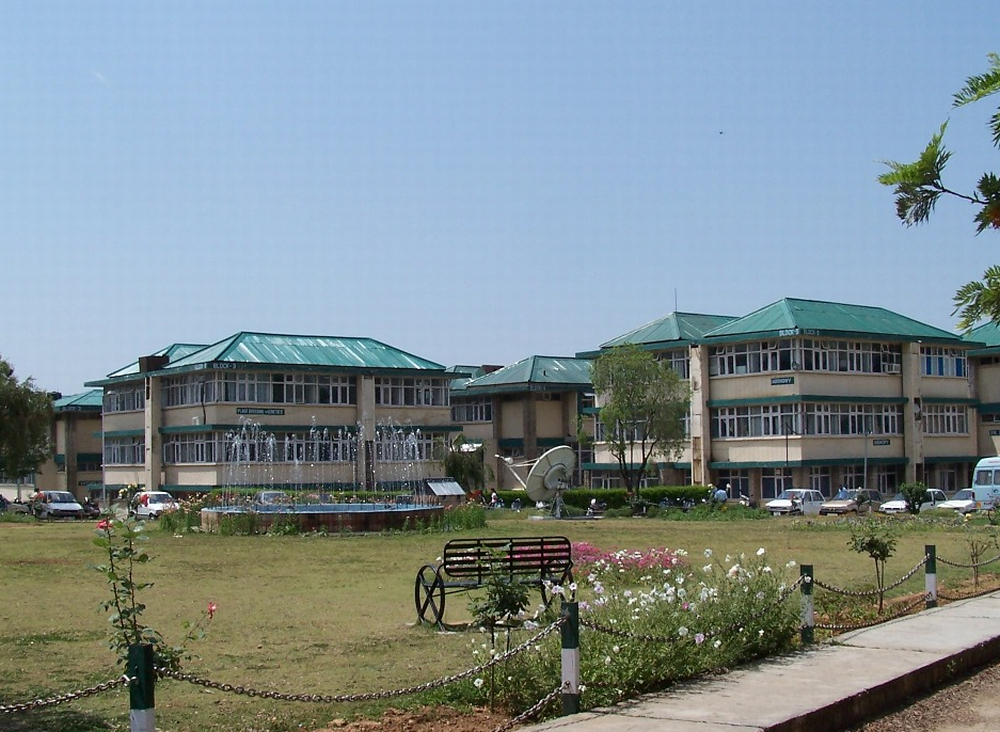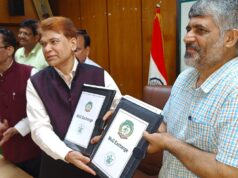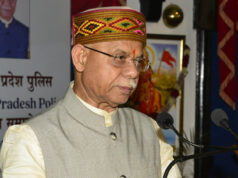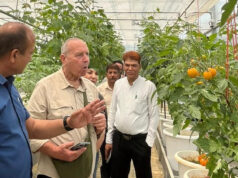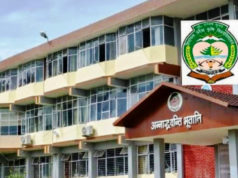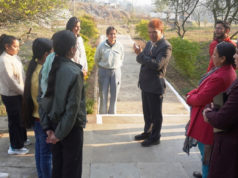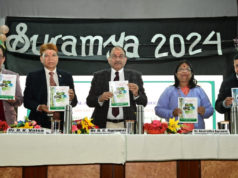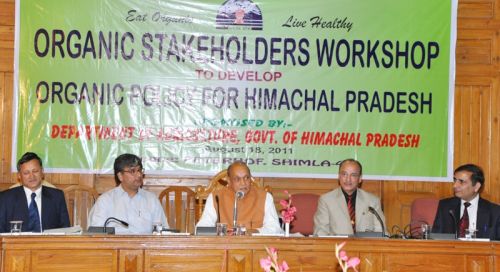Palampur – In a transformative step for agriculture in Himachal Pradesh, scientists from Agriculture University Palampur are set to develop village-level soil fertility maps to offer farmers precise insights into nutrient deficiencies in their fields. The initiative aims to enable farmers to improve soil health and optimize crop yields through targeted interventions.
So far, soil fertility maps have been prepared at the block level, providing valuable but broad insights into soil conditions. By shifting to village-level mapping, farmers will gain access to detailed data tailored to their specific fields. These maps will help identify crucial parameters like nitrogen, phosphorus, potassium, organic carbon, pH value, and whether the soil is acidic, alkaline, or neutral.
Vice Chancellor of Agriculture University Palampur, Dr Naveen Kumar, emphasized the significance of this initiative, stating, “Block-level maps have already been prepared and shared with the agriculture department. They are also available on the university’s website. Now, a project has been developed to enhance precision by creating village-level maps. This will directly benefit farmers by providing them with field-specific nutrient data.”
Soil fertility is determined by various physical, chemical, and biological factors. Essential nutrients like nitrogen, phosphorus, sulfur, and carbon need to be converted into plant-usable forms through microbial activity and nutrient cycling. Experts note that fertile soil, whether naturally rich or enhanced with fertilizers and manures, is critical for healthy plant growth.
The village-level maps will provide more actionable insights, enabling farmers to manage nutrients effectively and maintain soil health. These maps will also highlight micronutrient levels such as calcium, magnesium, and zinc, which play a vital role in boosting soil fertility.
The project proposal for village-level mapping has been submitted to a funding agency for approval. Once greenlit, it will mark a major advancement in precision agriculture. The initiative also includes periodic re-inspections to ensure the data remains accurate and relevant, further aiding long-term agricultural planning.
By offering farmers the tools to address nutrient deficiencies with precision, the village-level soil fertility maps are expected to revolutionize farming practices in Himachal Pradesh, paving the way for sustainable agricultural development.


